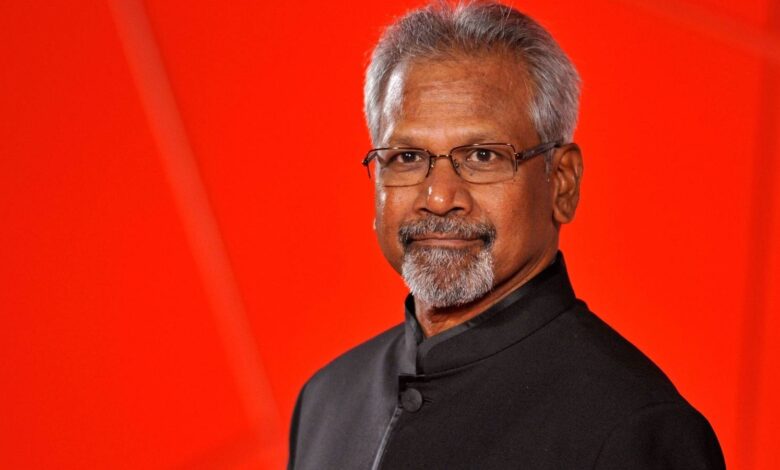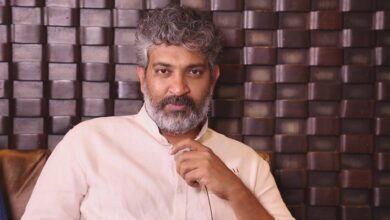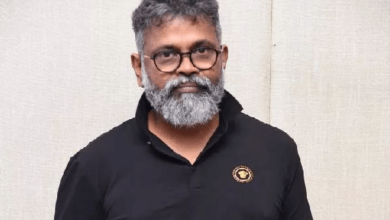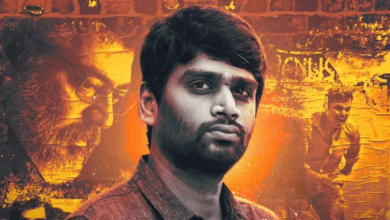Mani Ratnam: A Cinematic Maestro’s Journey

Mani Ratnam: A Cinematic Maestro’s Journey
Introduction:
Mani Ratnam, the acclaimed Indian filmmaker, is known for his distinct storytelling, visual aesthetics, and impactful narratives. Born on June 2, 1956, in Madurai, Tamil Nadu, Mani Ratnam has left an indelible mark on Indian cinema.
Childhood and Family Background:
Mani Ratnam was born into a Tamil family with a strong cultural and artistic influence. His father, S. Srinivasan, was a film distributor, and his mother, S. Rajalakshmi, was a housewife. His family’s love for films and the arts greatly contributed to Mani Ratnam’s early interest in storytelling and cinema.
He completed his schooling in Chennai and later pursued a degree in commerce from Loyola College. While his formal education was in commerce, his passion for films and storytelling continued to grow.
Filmography:
Mani Ratnam’s journey in the film industry began as a screenwriter before he ventured into directing. He made his directorial debut with the Kannada film “Pallavi Anu Pallavi” in 1983. Since then, he has directed several critically acclaimed and influential films that have left an indelible mark on Indian cinema. Some of his most notable works include:
1. “Roja” (1992): This Tamil film, known for its gripping narrative and memorable music by A. R. Rahman, was a significant success and catapulted Mani Ratnam to national acclaim.
2. “Bombay” (1995): A Hindi-Tamil bilingual film, “Bombay” explored the complexities of inter-religious relationships and communal strife, earning critical acclaim.
3. “Dil Se” (1998): A Hindi film starring Shah Rukh Khan and Manisha Koirala, “Dil Se” was known for its powerful storytelling and music.
4. “Guru” (2007): This biographical drama, starring Abhishek Bachchan and Aishwarya Rai, portrayed the life and journey of Dhirubhai Ambani and his business empire.
5. “Raavanan” (2010): A modern adaptation of the Indian epic “Ramayana,” “Raavanan” received critical acclaim for its bold narrative and performances.
Mani Ratnam’s filmography is a testament to his ability to tackle diverse subjects and present them with a unique cinematic flair. His collaborations with renowned composers and artists have been celebrated.
Awards and Accolades:
Mani Ratnam’s contributions to Indian cinema have earned him numerous awards and accolades. Some of the significant awards he has received include:
- National Film Awards
- Filmfare Awards (Hindi, Tamil, and Telugu)
- Tamil Nadu State Film Awards
His films, including “Roja,” “Bombay,” and “Guru,” have received critical acclaim and commercial success, earning him special recognition for his directorial prowess.
Salary:
Mani Ratnam is known to command a substantial salary for his projects, reflective of his stature as one of India’s most respected directors. His ability to create impactful and visually appealing narratives ensures that he remains in high demand in the industry.
Hits and Flops:
While Mani Ratnam’s career has been marked by numerous successful and critically acclaimed films, he has also had films that didn’t meet commercial expectations. However, his consistent ability to craft compelling narratives and present them with a unique visual style has solidified his reputation as one of India’s cinematic maestros.
Personal Life:
Mani Ratnam is married to Suhasini, a well-known actress and writer in the Indian film industry. The couple has a son named Nandan.
Despite his prominence in the film industry, Mani Ratnam maintains a relatively private and low-profile personal life. He is known for his reserved nature and focuses on his work rather than public appearances.
Conclusion:
Mani Ratnam, the cinematic maestro, has not only redefined the possibilities of storytelling but also influenced generations of filmmakers. His journey from a family with deep roots in the film industry to becoming one of the most celebrated directors in Indian cinema is a testament to his dedication and creative genius.
As a visionary filmmaker, private individual, and influential personality, Mani Ratnam continues to inspire and entertain. His ability to seamlessly blend compelling narratives with visually stunning aesthetics has earned him a special place in the hearts of audiences. His films, including “Roja,” “Bombay,” and “Dil Se,” have cemented his status as one of the most respected and celebrated directors in Indian cinema. His unique vision, innovative storytelling, and commitment to his craft have left an enduring legacy that will continue to shape the future of Indian cinema.




